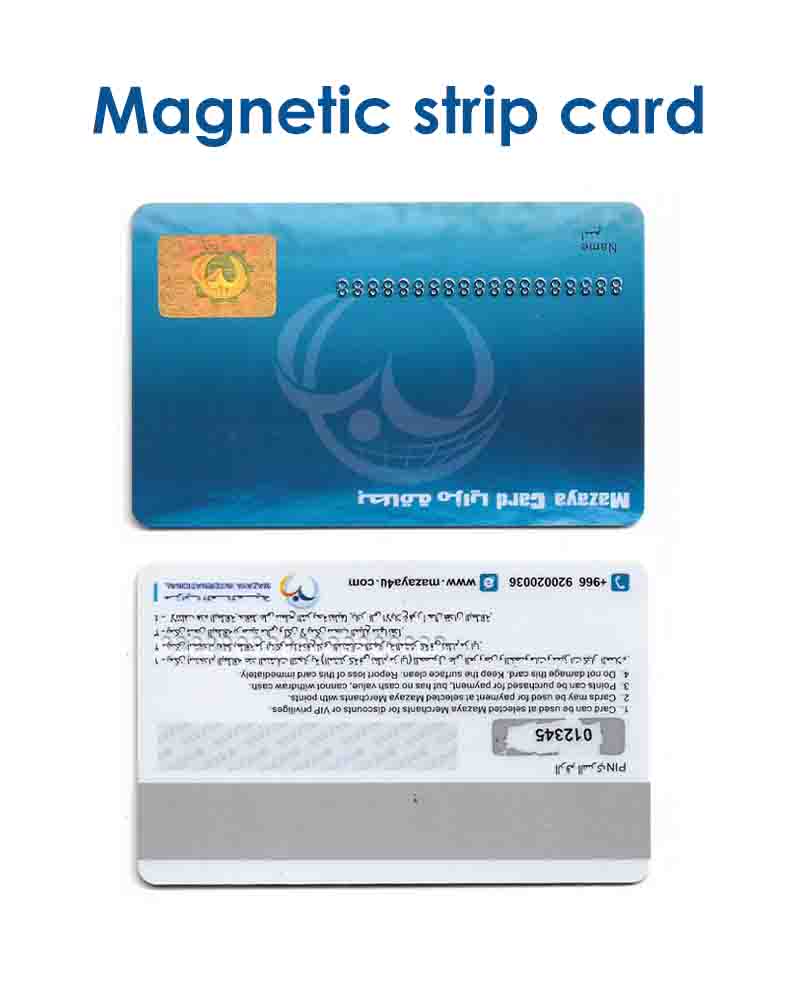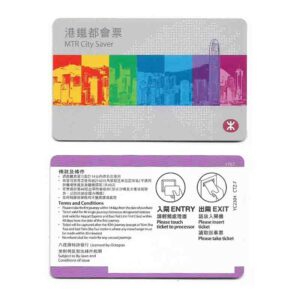Description
- PVC Material: The card itself is made from Polyvinyl Chloride (PVC), which is durable, lightweight, and resistant to wear and tear. PVC is commonly used for making credit cards, ID cards, and membership cards.
- Magnetic Stripe: The magnetic stripe, often referred to as the “magstripe,” consists of several tracks that store information in a binary format. There are three main types of tracks:
- Track 1: Primarily used for alphanumeric data and typically holds more data than the others.
- Track 2: Holds numeric data and is often used for basic card identification.
- Track 3: A less commonly used track, often for specialized purposes.
- Data Encoding: Data is encoded onto the magnetic strip using different methods. This could be through a process of recording data via an encoder or a pre-programmed card.
Common Uses:
- Credit and Debit Cards: Magnetic strip cards are widely used for payment systems, especially in older credit or debit cards, though newer technologies like EMV chips and contactless payments are replacing them in many regions.
- Access Control: Many offices, hotels, and residential buildings use magnetic-strip cards for secure entry. Employees or guests swipe the card in a reader to gain access to restricted areas.
- Identification: Government IDs, membership cards, and student IDs often use PVC magnetic-strip cards to store important information like name, ID number, or membership details.
- Loyalty Programs: Many businesses use PVC magnetic-strip cards as part of their customer loyalty programs, where customers swipe the card to track purchases and earn rewards.
Advantages:
- Durability: PVC is a strong material, making these cards long-lasting and resistant to damage.
- Cost-Effective: Magnetic stripe cards are relatively inexpensive to produce compared to newer technologies like smart cards.
- Easy to Use: With magnetic stripe cards, users simply swipe or insert the card into a reader to access or authenticate services.
Limitations:
- Security Concerns: Magnetic stripe cards can be easily copied or cloned using specialized equipment, leading to security risks like fraud.
- Limited Storage: The amount of data that can be stored on a magnetic stripe is limited, especially when compared to newer technologies like RFID or smart cards, which offer more storage and security features.




Reviews
There are no reviews yet.